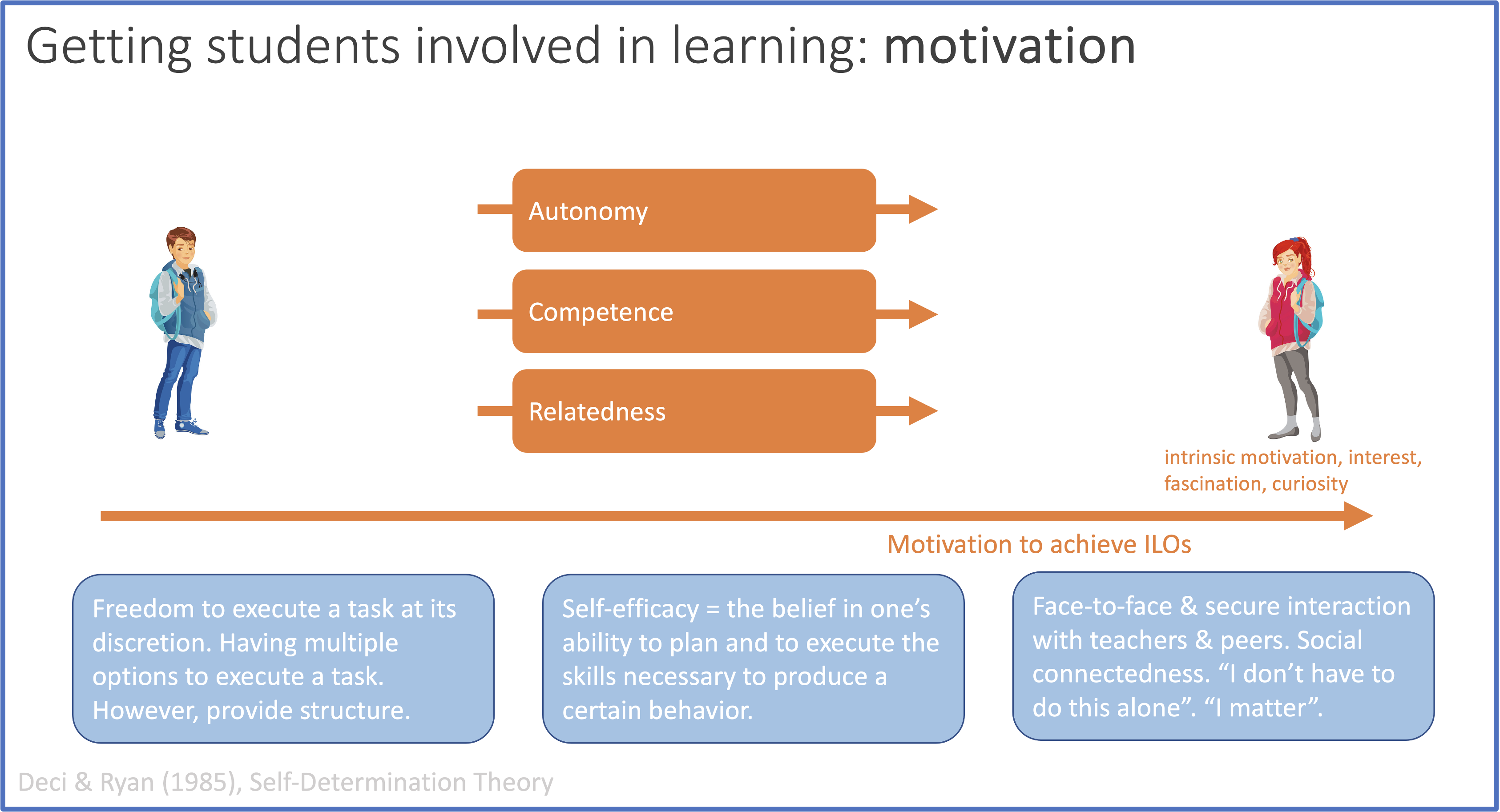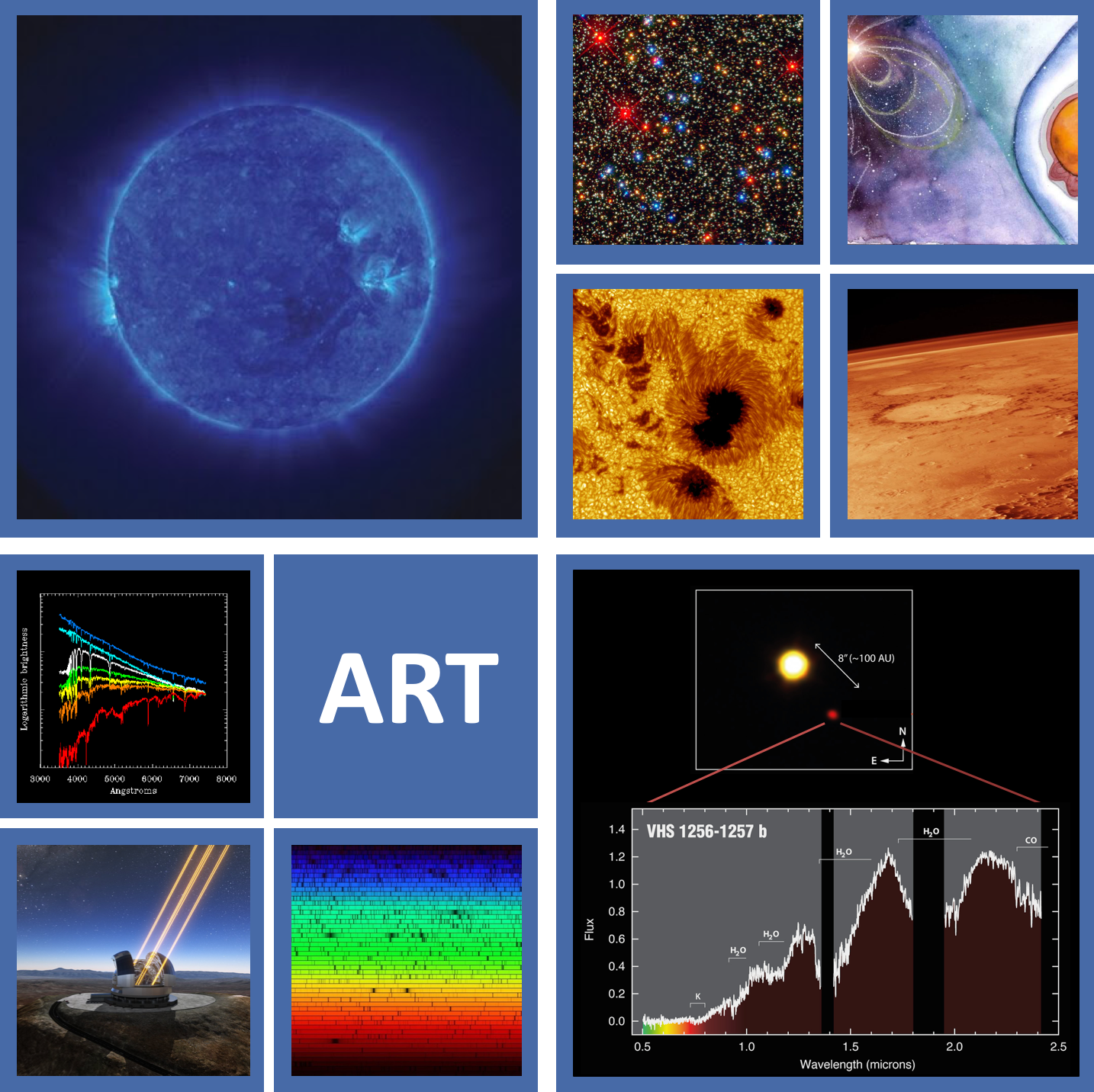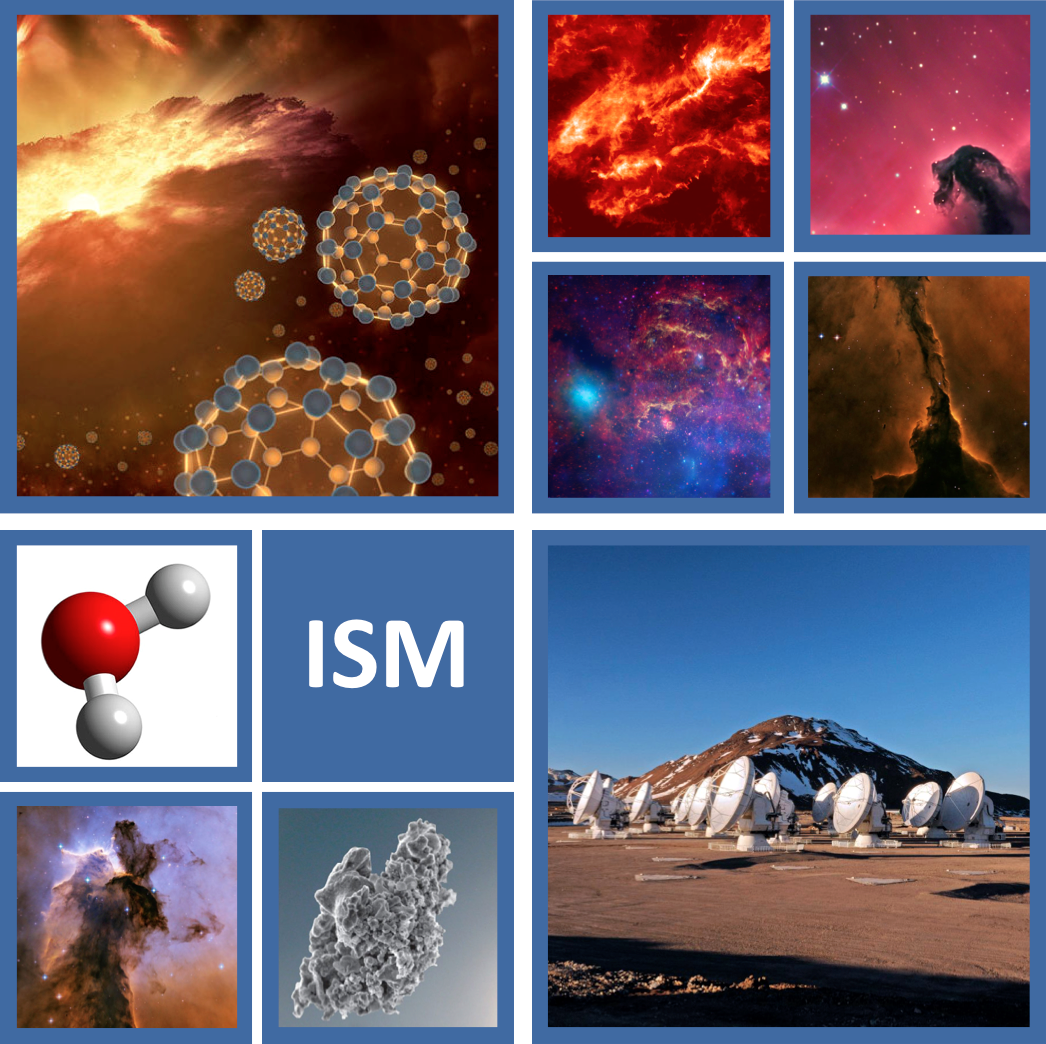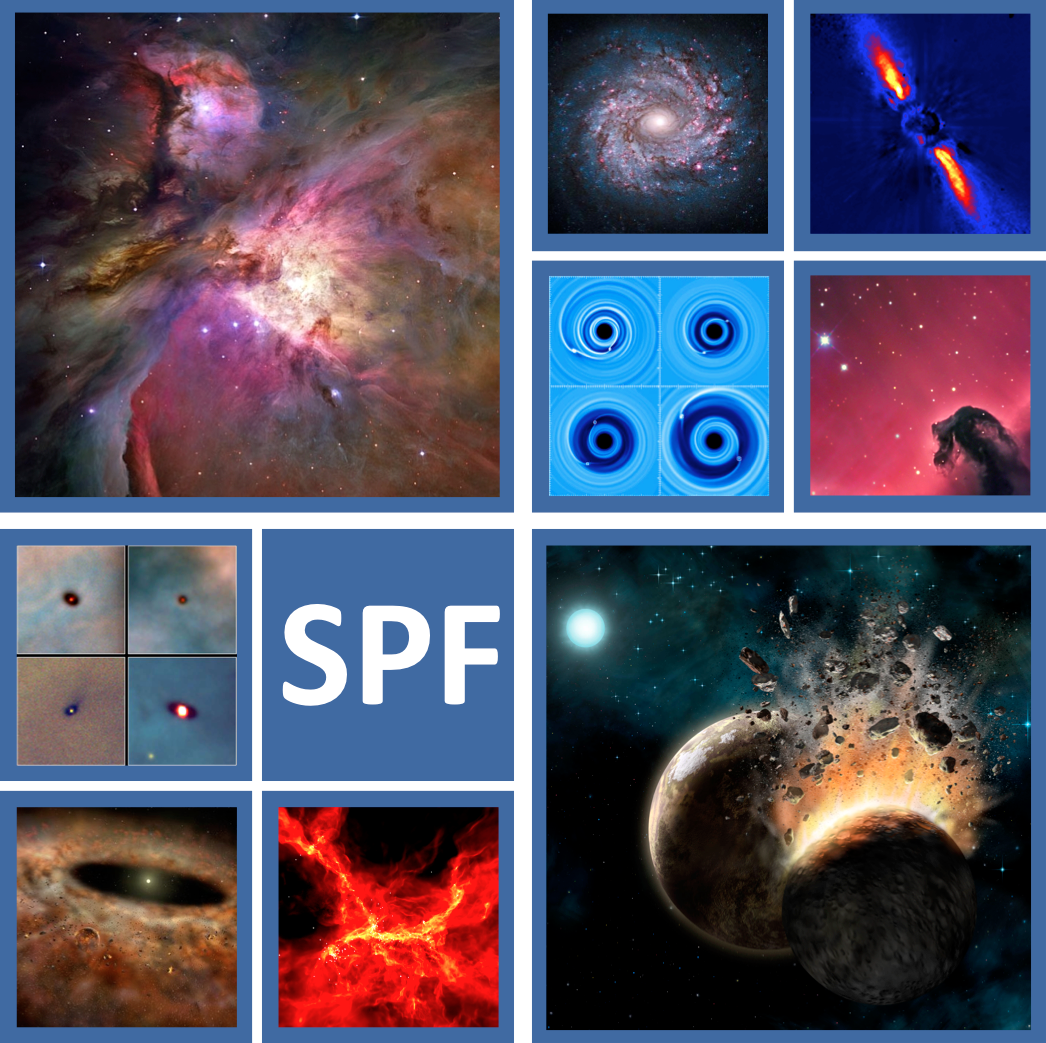Teaching page Alex de Koter
My teaching philosophy is strongly linked to theories of motivation, specifically self-determination theory. I stimulate active engagement of students in the process of teaching and learning. This includes creating a team feeling where everyone is involved in developing ideas and finding solutions, everyone knows everyone, and everyone feels at home, safe, seen and valued. I consider teaching only meaningful if learning take place. Therefore, I constantly probe students to assess whether indeed they are learning. For elements of my teaching, see this teacher story article.
For an excellent introduction to Teaching & Learning, see Part I of “Teaching for Quality Learning at University”, 4th edition, by John Biggs and Catherine Tang.
One-day course on getting students involved in learning

I studied what gets students involved in learning. On request, I teach teachers which techniques and approaches work in improving learning outcomes and how to develop a teaching philosophy centered on key aspects of motivation: autonomy, self-efficacy, and relatedness. This is a one-day course for at most 8 starting or more experienced teachers for which no special preparation is required.
MSc Astronomy & Astrophysics Lecture Notes
In class, I don’t strive to cover all the elements in the curriculum because “The greatest enemy of understanding is coverage” (Howard Gardner, 1993). Off course, the students do need a complete and clear overview of all they need to know and understand for the exam; this gives them autonomy. I do so by providing comprehensive lecture notes.
Provided on this page are the astronomy lecture notes of the MSc courses I teach at the University of Amsterdam, The Netherlands, and the KU Leuven, Belgium.
MSc — Atmospheres and Radiative Transfer
The first six chapters (with chapter 5 optional) may serve as a BSc introduction to radiative transfer processes. Chapter 1 contains a literature list of outstanding textbooks and lecture notes on the various topics related to radiative transfer discussed in these notes. These have also been used to write these notes. Chapters 14 through 19 are optional and branch out to applications of radiative transfer other than atmospheres. A total of 103 exercises are provided to test the basic and conceptional knowledge offered.
The lecture notes can be found in this pdf document
MSc — The Interstellar Medium
The first four chapters provide a background in radiative transfer and atomic and molecular physics needed for this course. Chapter 1 contains a literature list of outstanding textbooks on the topic and that have been used to write these notes. The chapter on atomic structure is a reminder for the students only and I don’t consider it part of the curriculum. Aspects of the main different phases of the ISM are discussed, i.e., molecular gas, the cold and warm neutral medium, and H II regions. The final chapters deal with interstellar dust. A total of 46 exercises are provided to test the basic and conceptual knowledge offered.
The lecture notes can be found in this pdf document
MSc — Formation of Stars and Planetary Systems
The first five chapters provide context. Chapter 1 contains a literature list of outstanding textbooks on the topic and that have been used to write these notes. The sites of star formation and state-of-the-art theories of the conversion of gas into stars are discussed. Chapters 6-7 focus on the morphological phases of star formation and how they are observed. Chapter 8 discusses massive star formation. Chapter 9 is on planet-forming disks. The final three chapters discuss the three main phases in the assembly of planets: growth by aggregation, the intermediate regime, and growth to terrestrial planets and gas giants. A total of 48 exercises are provided to test the basic and conceptual knowledge offered.
The lecture notes can be found in this pdf document
- Prof. Alex de Koter
- Anton Pannekoek Institute for Astronomy, University of Amsterdam &
Astronomical Institute KU Leuven


